MOIST GILDING
WESTERN PROJECT, LOS ANGELES, CA 2013




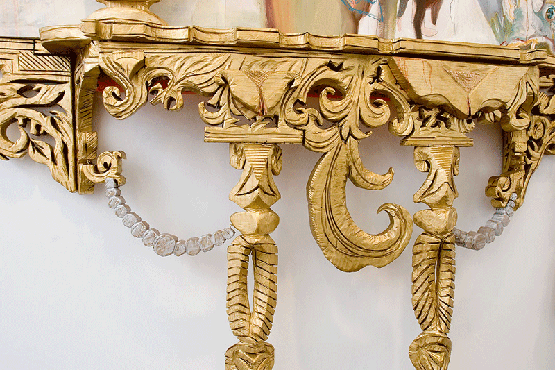




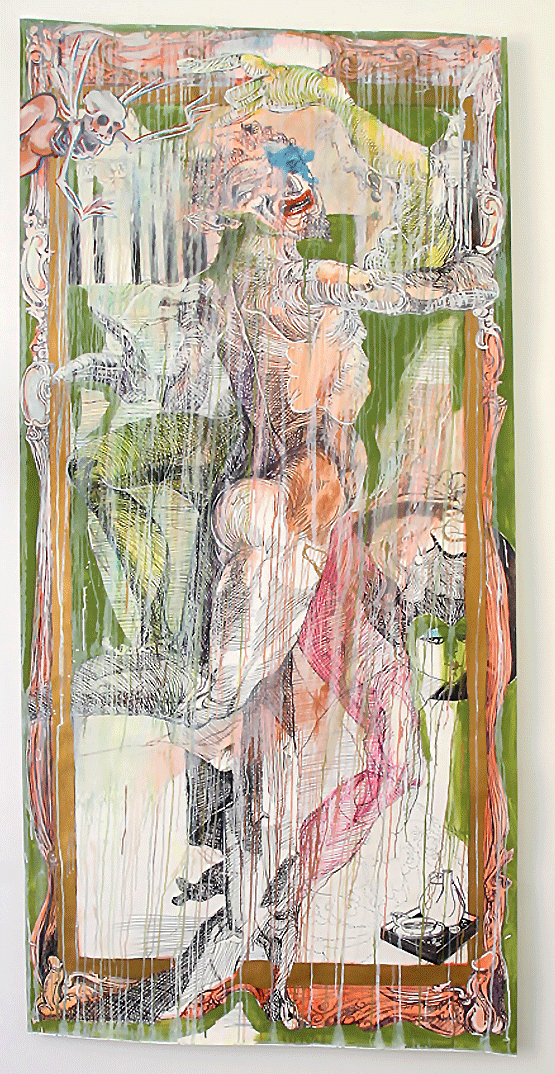




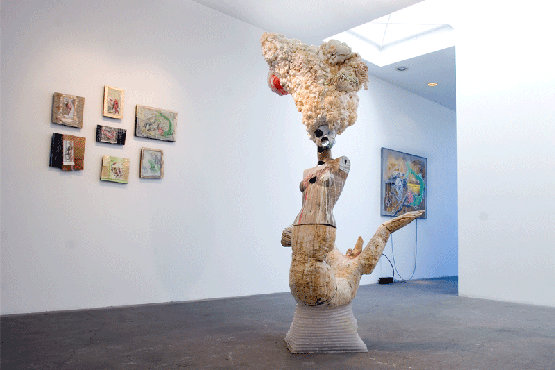

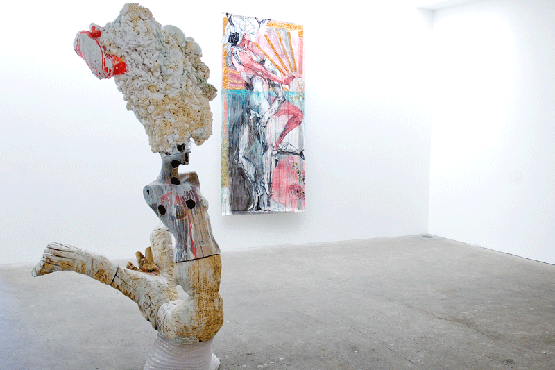

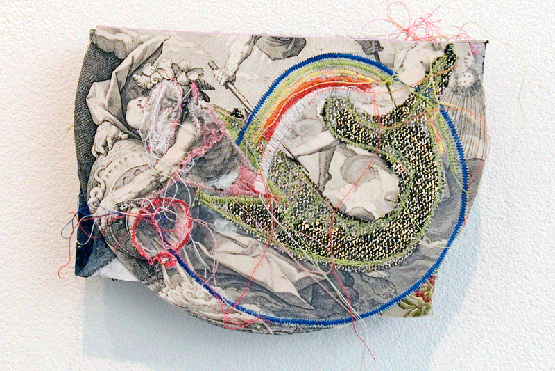

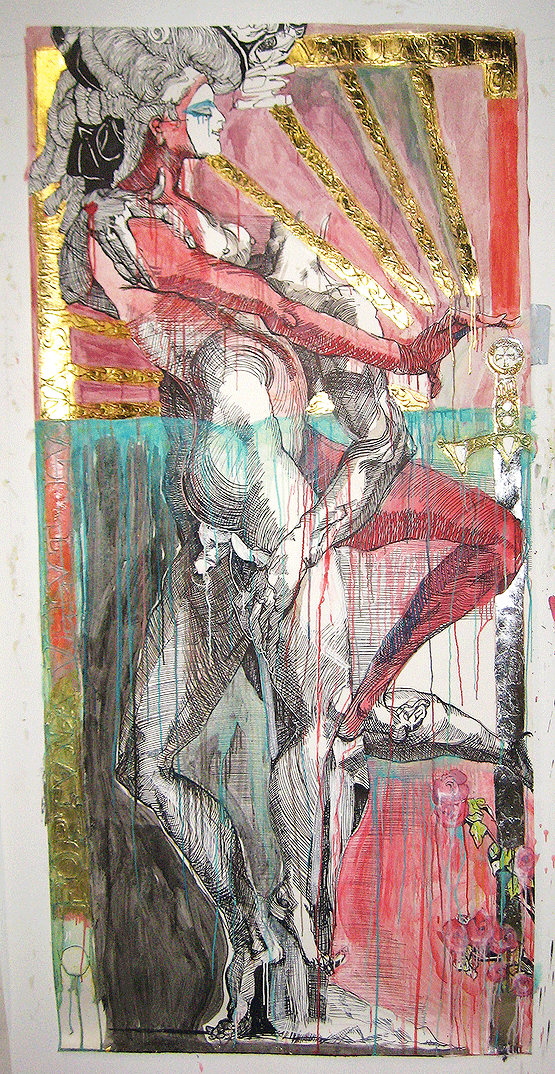


details on each work are outlined in the PAIN'T section (at left)
photos by Erin Kermanikian
HEAD/TAIL, 2013
live performance during reception with Caroline Kim and Phillip Kim
video by Morgan Dixon
The blood-tinged and honey-dipped mixed media paintings, drawings, and sculptures by Aaron Sheppard at Western Project offer a genteel Mannerism exploded by scale and turned out in a riot of tertiary color, transgressive eroticism and gestural anatomy. Every bit of dripped, washed, split, spliced, ecstatically eviscerated and slathered-on pigment, ink, and deeply carved wood consorts to depict people and objects in scenes from Greek mythology and subsequent art-historical allegories rooted in it. That Sheppard takes iterations of classicism as a stylistic as well as conceptual starting point is asserted straight off by the elaborate and integrated frames. Their aggressively ornate character suggests the fancy museum as confidently as a stage set, so that their Rococo excesses affirmatively function on a narrative level as well as a formal one. Art history is used here as a case study for cognitively accepting the chaotic simultaneity of paradoxical life experiences, expressive of the messy exuberance of memory and desire. As observed by Sheppard's spirit-guide, the incendiary philosopher Georges Bataille, "The need to go astray, to be destroyed, is an extremely private, distant, passionate, turbulent truth." And Sheppard sincerely recommends going astray.
An operatic, gender-bending, elegant, unsettling, fanciful anarchy is expressed in both the style and the stuff of which the work is made--acrylic, oil, neon, fabric, pen, paper, wood, foam, wire, thread, spray paint, photo-collage, marker, gold leaf, most or all of which appears in every work to some degree. In the masterpiece Salmacian Looking- Glass (2013), bodies stop and start, sex parts co-nullify and intermingle, and saliently, no distinguishment is made between either self and other, or between dreaming and waking, yet the work's stance on the side of beauty holds firm. Along with Psyche the goddess of the soul, who stars in several pieces, the Mermaid (which also recurs, and is especially powerful in a sculpture that looks like a Will Cotton painting which got the daylights beaten out of it) is a touchstone for the broader subtext. The Mermaid is inherently paradoxical as a matter of science, and both desired and feared as a matter of psychology. Like so much else in art and literature and society, she is product of male fantasy and an aspect of "dangerous" female power, a signifier of magic, myth, discovery, fear and longing, reality, perception, and sex, sex, sex. Gorgeous and violent, she is a psychosexual archetype that crosses borders of culture, geography, language, style, era and art--just like these ineffable paintings.
-Shana Nys Dambrot, art ltd. Nov/Dec 2013

